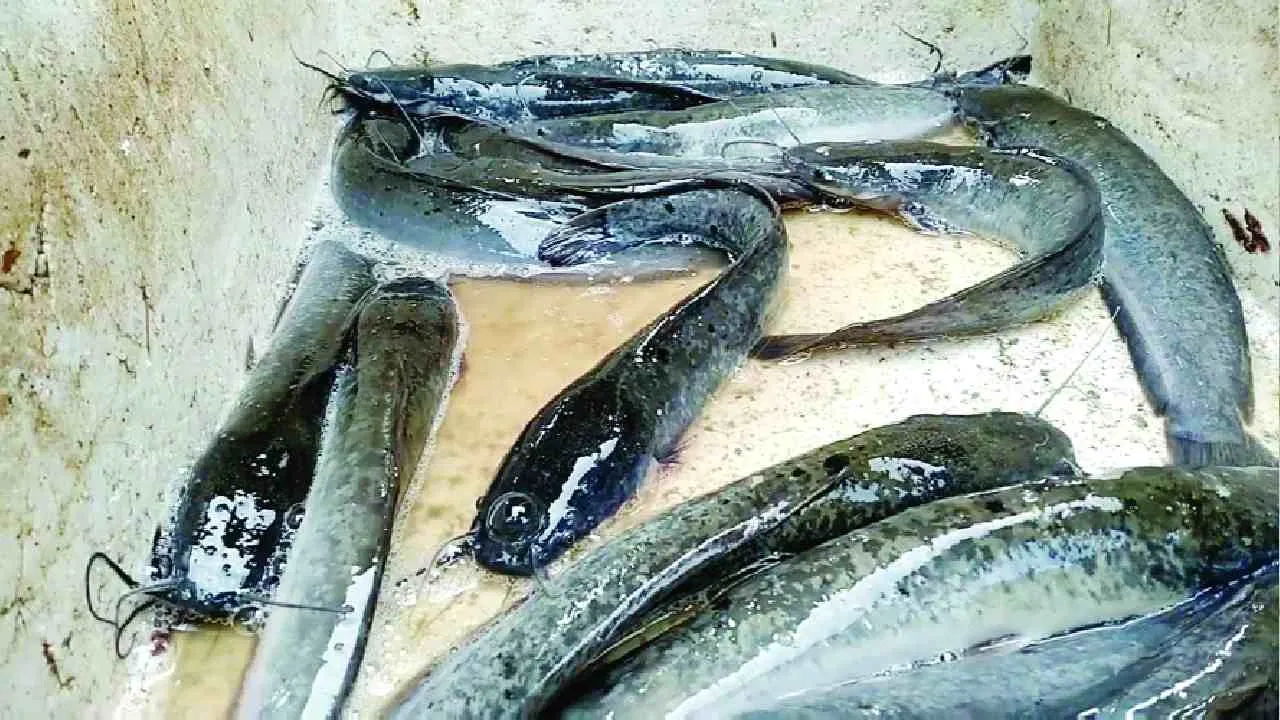Introduction
In recent years, there has been a significant debate surrounding the ban on Thai Mangur (also known as Thai Magur or Thai Catfish) in India. The Thai Mangur is a species of catfish native to Southeast Asia, particularly Thailand. However, its introduction to Indian waters has raised concerns about its impact on local ecosystems and indigenous fish populations. In this blog post, we will explore the reasons behind the ban on Thai Mangur in India and shed light on the importance of preserving native biodiversity.
- Biological Threat
One of the primary reasons for the ban on Thai Mangur in India is its potential to disrupt local ecosystems. Thai Mangur is an invasive species, meaning it is not native to the region and can outcompete and displace indigenous fish species. This can have detrimental effects on the balance of aquatic ecosystems, including changes in food chains and habitat destruction. The unchecked proliferation of Thai Mangur could lead to a decline in native fish populations, impacting the livelihoods of local fishermen and upsetting the delicate ecological balance.
- Disease Concerns
Another significant concern associated with Thai Mangur is its potential to introduce diseases and parasites to Indian water bodies. The importation of Thai Mangur poses a risk of introducing pathogens that could infect and harm native fish species. These diseases have the potential to spread rapidly and devastate local fish populations, leading to significant economic losses for fisheries. Preventing the entry of Thai Mangur into Indian waters is an essential step in safeguarding the health of indigenous fish and ensuring the sustainability of fisheries.
- Consumer Health Risks
Apart from the environmental concerns, the ban on Thai Mangur is also driven by concerns about consumer health. There have been reports suggesting that Thai Mangur may be exposed to high levels of antibiotics and chemicals during its cultivation in Thailand. These residues could pose health risks to consumers when the fish is consumed. By banning the import and sale of Thai Mangur, the Indian government aims to ensure the safety and well-being of its citizens.
- Promoting Local Fisheries
The ban on Thai Mangur not only aims to protect ecosystems and consumer health but also aims to promote local fisheries. By prioritizing indigenous fish species, the ban encourages the growth of local aquaculture and supports the livelihoods of Indian fishermen. India has a rich diversity of native fish species, and focusing on their sustainable cultivation and conservation can have positive economic and environmental impacts in the long run.
Conclusion
The ban on Thai Mangur in India is a precautionary measure aimed at preserving the delicate balance of aquatic ecosystems, safeguarding consumer health, and promoting local fisheries. By preventing the introduction of an invasive species, the Indian government acknowledges the importance of protecting native biodiversity and the livelihoods of local fishermen. While the ban may have caused some controversy, its underlying goal is to ensure the sustainability and resilience of India’s aquatic ecosystems for future generations.
As responsible citizens, it is essential for us to support and comply with such regulations to protect our environment and promote the well-being of our communities. By embracing sustainable fishing practices and consuming locally sourced fish, we can contribute to the preservation of India’s rich aquatic biodiversity while enjoying safe and nutritious seafood options.




